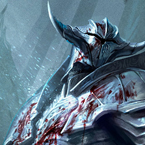Commoner is a format I’ve grown quite fond of over the past few months—it turns out there’s a lot of fun to be found just in the common rarity in Flesh & Blood. Commoner bridges the gap between casual and competitive play, and offers the lowest barrier of entry for players to experiment with different classes, since expensive Legendaries and Majestic staples don’t influence the equation.
In today’s article, I’m thrilled to explore some of the powerful generic staples in Commoner and the cards that help define and shape the various archetypes of the format. If you’re new to the format, read up on the deck building rules here, then let’s dive in!
Unlocking Class Tools
While the focus of this article will be generic cards that are available to all classes, there is much to explore when finding the correct balance of generic and class cards in any deck’s configuration, even in a format like Commoner when there are less overall cards available for deckbuilding than other formats in the game.
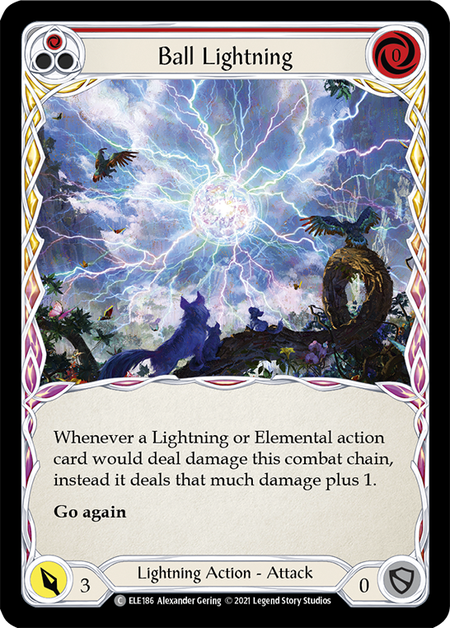
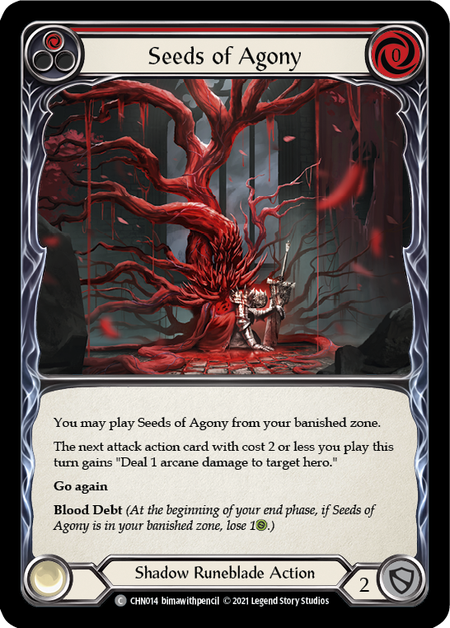
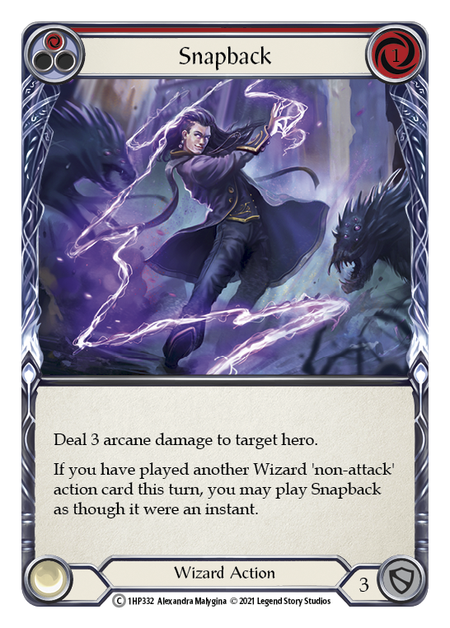
For starters, some of the powerful cards that are banned in Classic Constructed and Blitz (in common rarity) are fair game for Commoner. For elemental heroes with a lightning affinity, that means you can jam Ball Lightning in your aggro deck. If you’re playing Chane or Wizard, you can also play Seeds of Agony and Snapback in your list. As of right now, there are no banned common cards in Commoner.
Defensive Toolkit
Control and midrange decks will want to take advantage of some form of defensive cards. Commoner is a format in which even the most stalwart of classes lack a lot of the traditional armor density found from their equipment in higher rarities. Players have to rely more on defending with cards from their hands and arsenal and less on well-time equipment blocks to save the day. Because of this, some multi-format all stars like Fate Foreseen, Sink Below, and Unmovable are quite prevalent for control and midrange strategies.
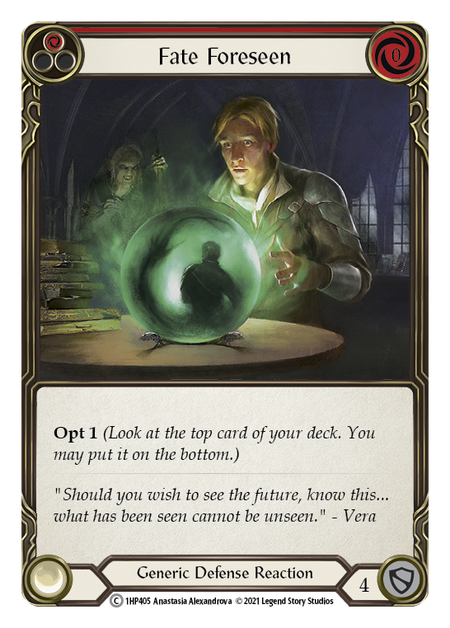
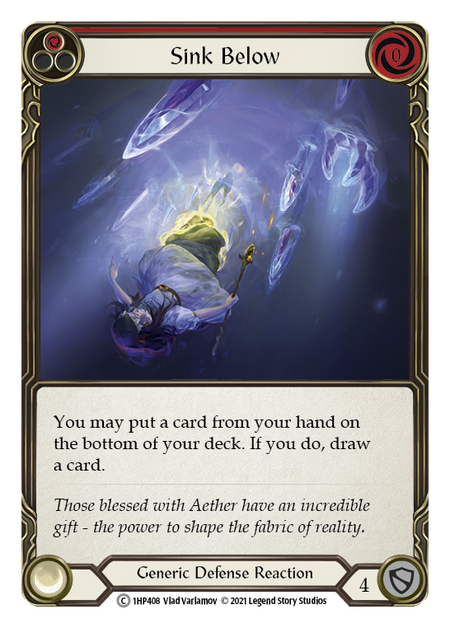

Most midrange decks will opt for two copies of Sink Below (Red) and none of the other defense reactions. Two copies is often enough for midrange-based decks. Meanwhile, control decks will often go for the addition of Fate Foreseen (Red) and perhaps a few Unmovables across various colors to provide more defense.
While we're talking about control decks, let's detour briefly into another important tool to help them close games- ultimately, you win by dealing damage, not by preventing it.


Heavy-hitting defensive decks will want a couple copies of Pummel (Blue & Red) to help close out the game, as well as add some extra pressure and disruption on the turns you try to hit back hard. Pummel can also be found in many aggro and midrange strategies as long as they have enough 2+ cost attacks to support it. Pummel gains extra value if you can meet the criteria to target your weapon attacks with the ability.
The Aggressive Toolkit
Aggressive strategies that want to rely on pushing as much damage across the table rather than blocking will want to leverage some specific staples for the archetype. Some of the most notable are Scar for a Scar, Ravenous Rabble, Push the Point, Belittle (and Minnowism), Stony Wootenhog, Flock of the Feather Walkers, Nimble Strike (and Nimbilism), and Razor Reflex.
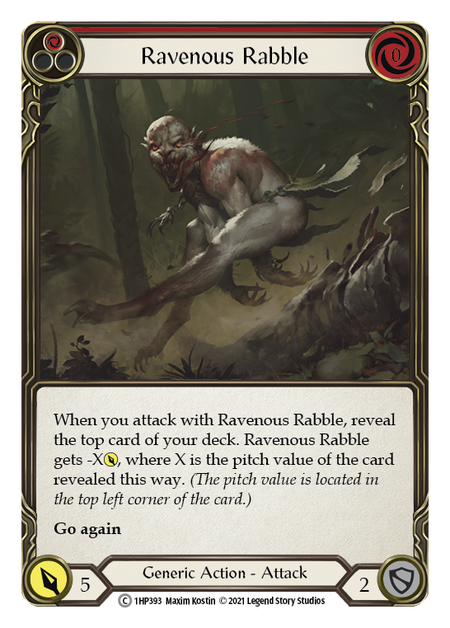


Scar for a Scar (Red) and Ravenous Rabble (Red) provide some of the best hard-hitting go again sources in the format. With easy criteria to activate, players who can jam these in red-heavy go-wide decks will appreciate their above-rate performances. As I mentioned above, armor density is scarce, so cards with the 4+ damage breakpoint become extremely dangerous at lower life totals when they begin to represent a two-card block from hand. Making it as awkward as possible for your opponent to defend a go-wide strategy and barrage of smaller attacks is the name of the game for this strategy.
Just like Pummel, Razor Reflex can be extremely lethal at lower life totals, especially if you can meet the criteria of using either swords/daggers with your attacks. Having an immediate +3 or additional source of go again can be huge for ending the game on the spot.
Equipment
Every class will want some Nullrune equipment on hand to shore up their Wizard and Runeblade matchups. Some classes have access to arcane barrier in their class equipment, and have the added benefit of extra utility on those individual armor pieces- these classes may not even need Nullrune in their sideboard.
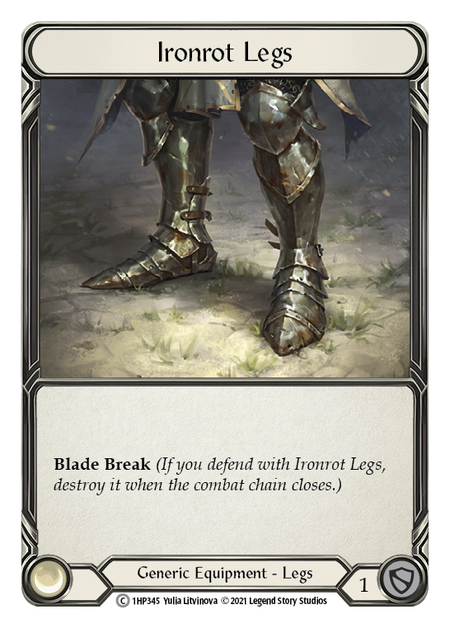
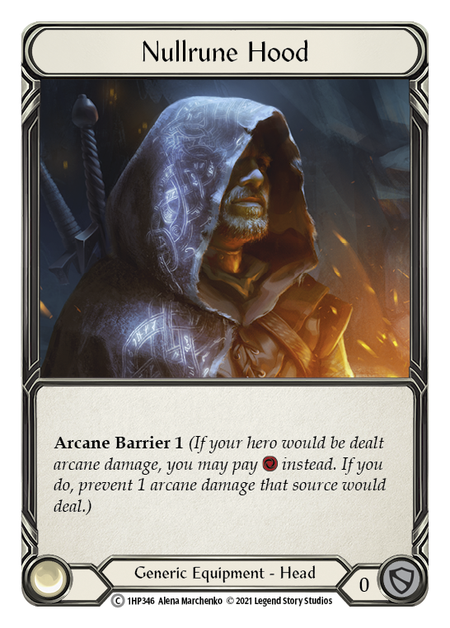
Ironrot equipment can be used to provide a couple points of armor block here and there, but most classes simply use this as ‘filler’ for slots or specific matchups where it may make more sense or they may not have class equipment (which tends to be stronger)in the common rarity for any slot in particular.
Heavy beater decks with many 2+ cost attacks will often pair Goliath Gauntlet and Heartened Cross Strap to devastating effect. These two pieces are extremely powerful in the format on their own, but can be used in tandem to create some truly impressive aggressive and pivot turns. Classes like Guardian, Brute, and Mechanlogist will often want to keep these close at hand.


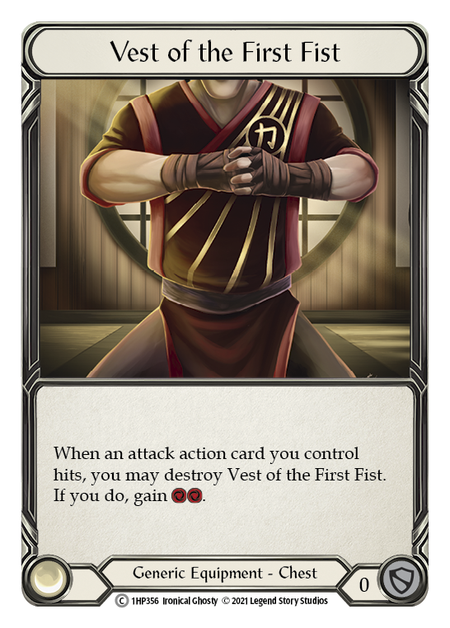
On the opposite side of the spectrum, Vest of the First Fist and Bracers of Belief can be used in highly aggressive, red-heavy go-wide decks that try to push a lot of damage over multiple attacks.
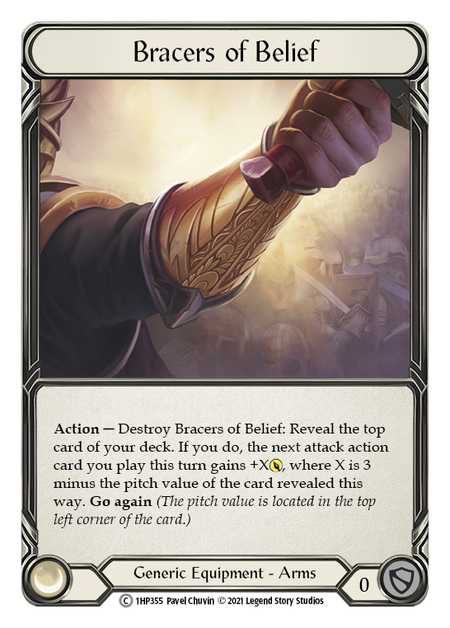
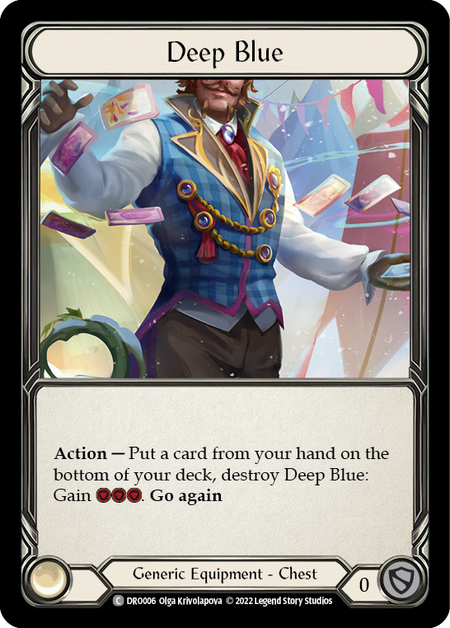
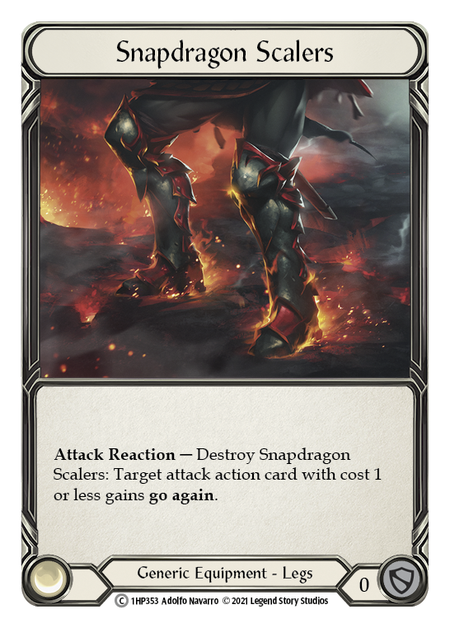
Of course, on the aggressive, go-wide side of things, Snapdragon Scalers are the premium choice for setting up some incredible go-wide turns and putting a ton of pressure on your opponent. For extremely red-heavy decklists that want to be able to push damage across the table and pay costs on crucial turns, Deep Blue can help bridge the resource gap in the case that you ‘red-line’ and draw a hand of all reds.
Utility
Whisper of the Oracle (blue), Warmonger’s Recital, Fate Foreseen, Memorial Ground, and equipment pieces like Mage Master Boots, Talismanic Lens, Time Skippers, and Hope Merchant’s Hood can provide some added utility in a pinch. Opting has more value in Commoner than many other formats for the average deck. In decks with more resource generation requirements, Whisper of the Oracle (blue) can be a great filler since it has a useful effect, pitches for three, and can block for three - everything we want a good utility card to do!
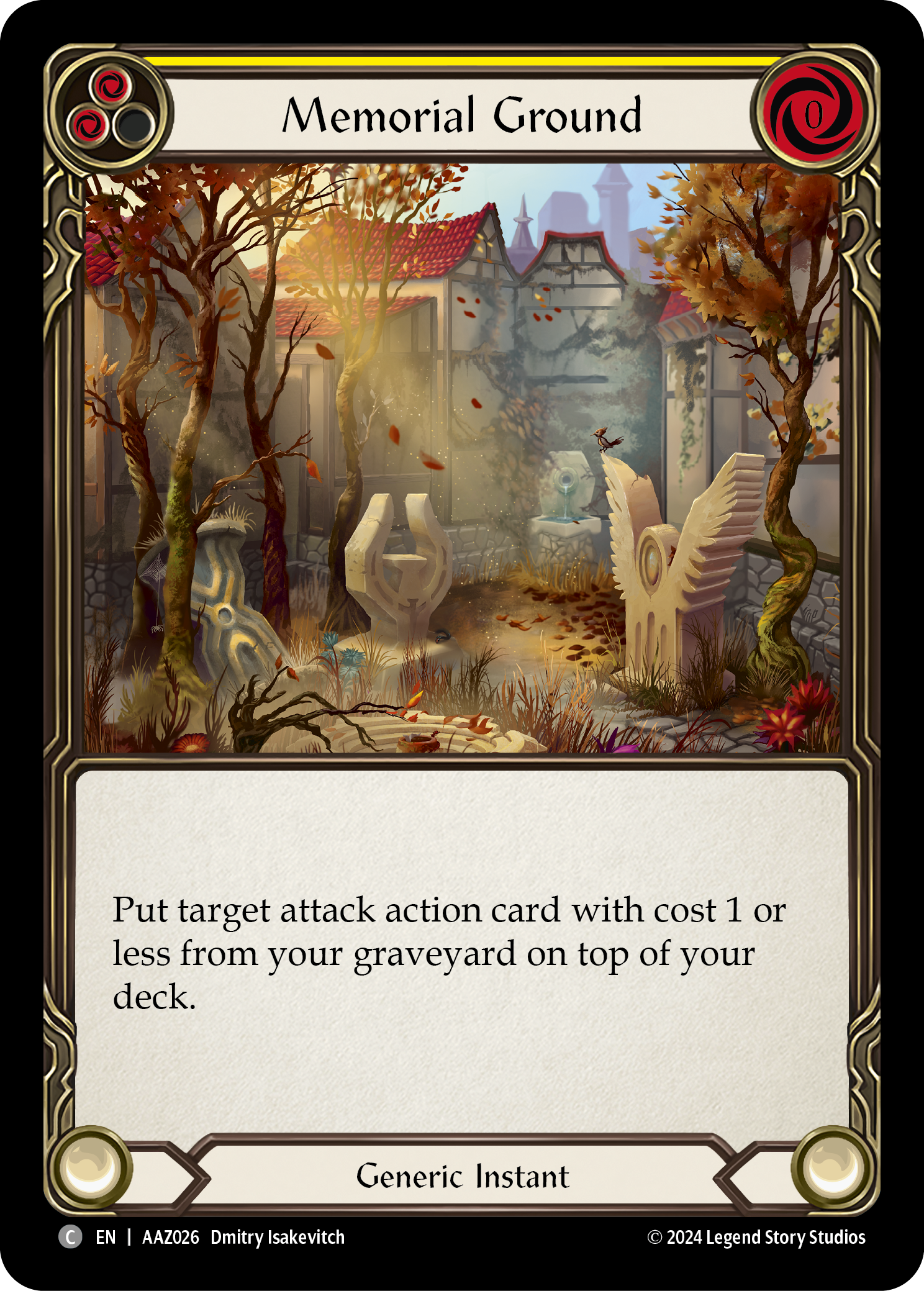
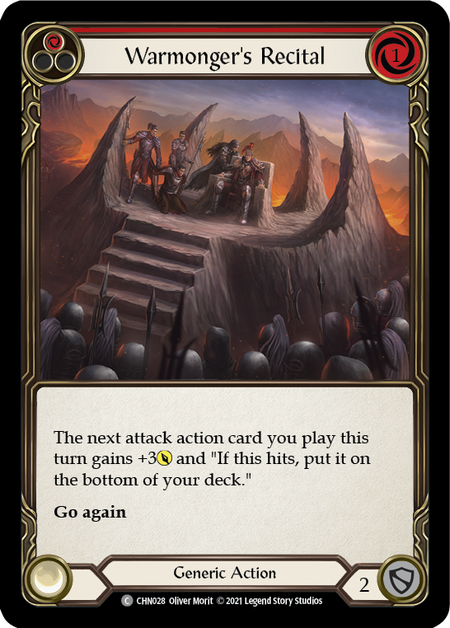
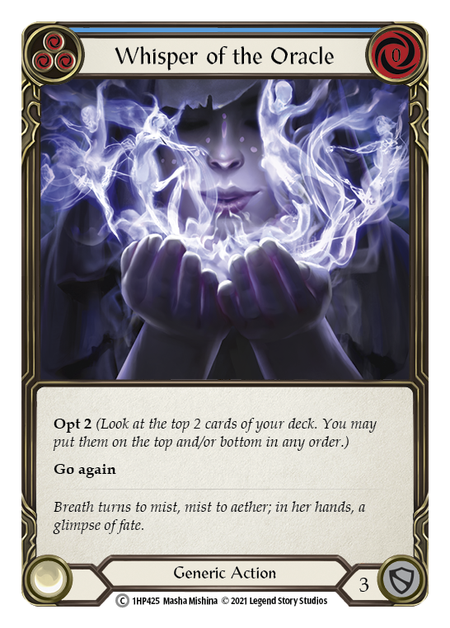
Balance your need for utility in generic card slots with the overall strategy of your deck. Most classes will be able to generate the most utility within their class-specific cards and equipment, but these generics can help fill the gaps and fine-tune certain interactions.
I hope this article exploring the generic staples of the format has been helpful! Good luck brewing and exploring the exciting and fast-paced Commoner format in your games.
Love my content? Help support it and get access to 6+ of my exclusive Commoner decklists in addition to all the other awesome benefits on my Patreon.


